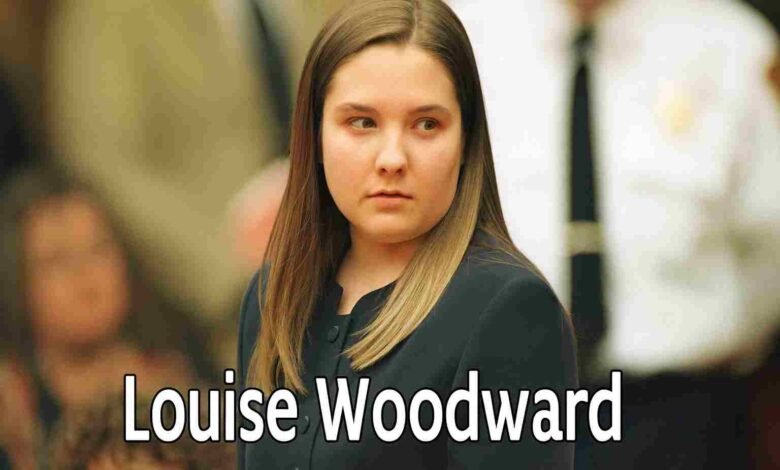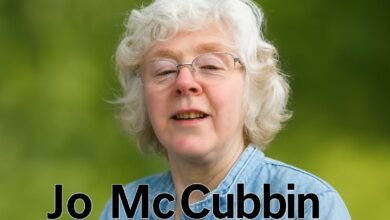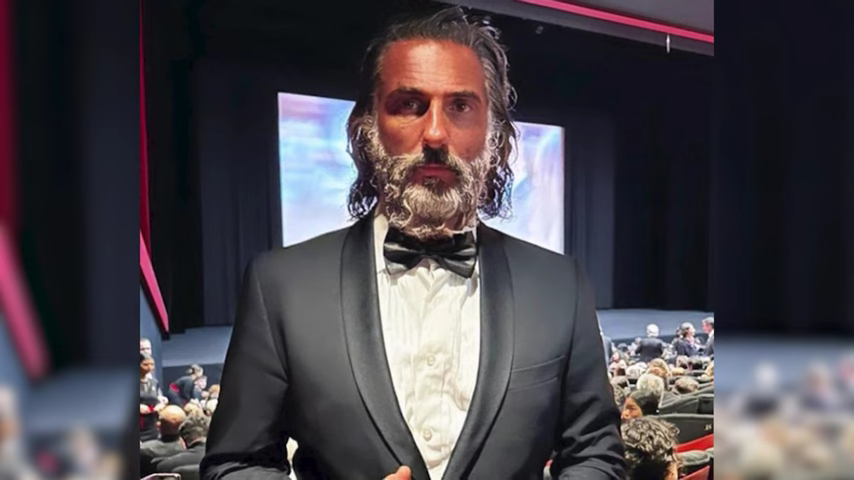Louise Woodward: The Infamous Nanny Case That Shook the World
The Rise, Trial, and Life After a Global Legal Battle

Table of Contents
ToggleIntroduction
The name Louise Woodward remains one of the most talked about in modern legal history. Known worldwide for her involvement in the tragic Louise Woodward case, she became the center of global media attention in 1997. At just 18 years old, she traveled from her quiet village in Cheshire, England, to the bustling city of Newton, Massachusetts, to work as an au pair.
What began as a cultural exchange experience soon spiraled into one of the most controversial trials of the decade. The case sparked debates about child care, legal systems, and medical evidence. This article explores Louise Woodward’s life, the infamous trial, her later years, and the legacy that continues to influence legal and medical discussions today.
Quick Bio of Louise Woodward
| Attribute | Details |
|---|---|
| Full Name | Louise Woodward (married name: Louise Elkes) |
| Date of Birth | February 28, 1978 |
| Age (2025) | 47 years old |
| Birthplace | Elton, Cheshire, England, UK |
| Nationality | British |
| Education | Law degree from London South Bank University (2002) |
| Spouse | Antony Elkes (married in 2013) |
| Children | One daughter, born in 2014 |
| Famous For | Central figure in the highly publicized 1997 nanny case |
Early Life and Education of Louise Woodward
Louise Woodward was born and raised in Elton, a small village in Cheshire, England. She grew up in a modest environment and completed her basic education in the UK.
As a young adult, Louise was ambitious and eager to experience life beyond her hometown. This curiosity led her to apply for a position as an au pair through a cultural exchange program, which would later place her at the heart of one of the most publicized legal battles of the 1990s.
After the events in the United States, Louise focused on building her future. She enrolled at London South Bank University, where she graduated with a law degree in 2002. Although she initially pursued a career in law, beginning a solicitor training contract in 2004, she later decided to step away from the legal field to focus on other aspects of her life.
The Start of Louise Woodward’s Career as an Au Pair
In 1996, Louise Woodward traveled to the United States, excited to begin her role as a live-in nanny. She was employed by a family in Newton, Massachusetts, to care for two young children, including eight-month-old Matthew Eappen.
Her job was demanding, involving long hours and the heavy responsibility of caring for infants. Louise, like many young au pairs, was navigating the challenges of living in a foreign country while adapting to new cultural expectations and family dynamics.
The Tragic Incident That Led to the Louise Woodward Case
On February 4, 1997, a shocking event occurred that would change Louise’s life forever. Matthew Eappen was rushed to the hospital after becoming unresponsive while under her care. Doctors discovered that the baby had a skull fracture, brain bleeding (subdural hematoma), and retinal hemorrhages. These injuries were commonly associated with shaken baby syndrome, a condition believed to result from violent shaking.
Despite efforts to save him, Matthew passed away on February 9, 1997. His death sparked a full-scale investigation, leading authorities to question Louise’s role in the incident. She was initially arrested on charges of assault and battery, which were later upgraded to first-degree murder following the child’s death.
The Highly Publicized Trial
The Louise Woodward trial began in October 1997 and quickly became a global media sensation. With cameras in the courtroom and daily updates in newspapers and on television, millions followed every twist and turn of the proceedings.
On October 30, 1997, the jury found Louise guilty of second-degree murder. This verdict carried a mandatory life sentence with a minimum of 15 years before parole eligibility. The decision shocked the public and triggered debates about justice, medical evidence, and cultural differences between the UK and US legal systems.
Judge’s Decision and Sentence Reduction
Just days after the verdict, Judge Hiller B. Zobel reviewed the case. On November 10, 1997, he made a historic ruling by reducing the conviction from second-degree murder to involuntary manslaughter.
Judge Zobel argued that Louise’s actions stemmed from “confusion, inexperience, frustration, immaturity, and some anger,” but not malicious intent. Louise was sentenced to time served, meaning she was released immediately, having already spent 279 days in custody during the trial.
Life After the Case
After her release, Louise returned to the UK, determined to rebuild her life away from the public eye. In 1999, Matthew Eappen’s family filed a civil lawsuit to prevent her from profiting financially from the case. The settlement ensured she would never benefit from book deals, movies, or paid interviews about the tragedy.
Louise pursued higher education, graduating with a law degree, but eventually shifted careers. She later became a ballroom and Latin dance teacher, dedicating herself to a quieter and more private lifestyle.
In 2013, Louise married Antony Elkes, and the following year, she welcomed a daughter. Today, she lives with her family in Shropshire, England, far removed from the media spotlight.
Recent News and Public Interest
Interest in the Louise Woodward case remains strong even decades later. In 2022, a documentary titled “The Killer Nanny: Did She Do It?” aired, re-examining the evidence and questioning the medical conclusions that dominated the 1997 trial.
The program sparked new debates about shaken baby syndrome, with modern medical experts suggesting that some symptoms may have alternative explanations. This renewed interest highlights the lasting impact of the case on legal and medical communities worldwide.
Legacy of the Louise Woodward Case
The case has left a powerful legacy, influencing both legal systems and public perceptions. It has become a central reference point in discussions about shaken baby syndrome, childcare responsibilities, and international legal differences.
For many, Louise’s story is a cautionary tale about the challenges faced by young au pairs abroad and the complexities of determining guilt in cases involving medical uncertainty.
Conclusion
The story of Louise Woodward is one of tragedy, controversy, and resilience. From an ordinary young woman seeking adventure to becoming the center of a worldwide legal battle, her life changed forever because of the events of 1997.
While the case sparked intense debates and divided public opinion, Louise has since built a quiet life, focusing on her family and personal growth. The Louise Woodward case continues to shape conversations about childcare, justice, and the role of evidence in high-profile trials.
FAQs
1. Who is Louise Woodward?
Louise Woodward is a British woman who gained international attention in 1997 when she was charged in connection with the death of Matthew Eappen, an infant she was caring for as an au pair in Massachusetts, USA.
2. What was the verdict in the Louise Woodward case?
She was initially found guilty of second-degree murder but later had the conviction reduced to involuntary manslaughter. She was released immediately after the ruling.
3. Where is Louise Woodward now?
As of recent reports, Louise lives in Shropshire, England, with her husband and daughter, leading a private life away from the media.
4. What was the significance of this case?
The case sparked global debates about shaken baby syndrome, childcare practices, and differences between US and UK legal systems.
5. Did Louise Woodward profit from her story?
No. A civil settlement with Matthew Eappen’s family prevents her from earning money from books, movies, or interviews about the case.



